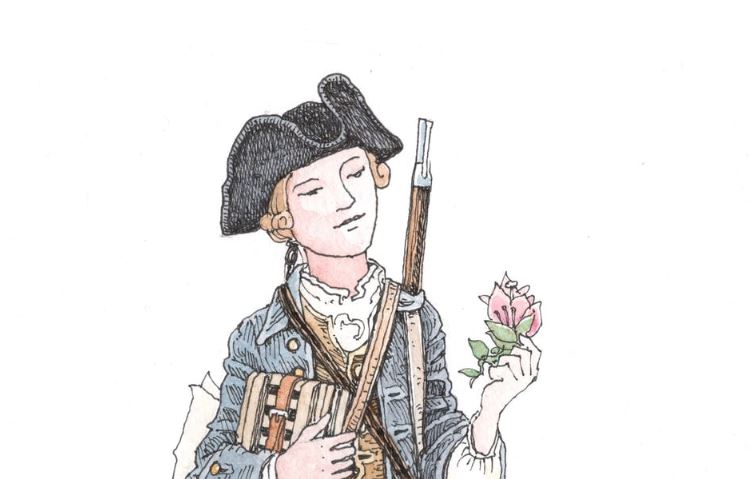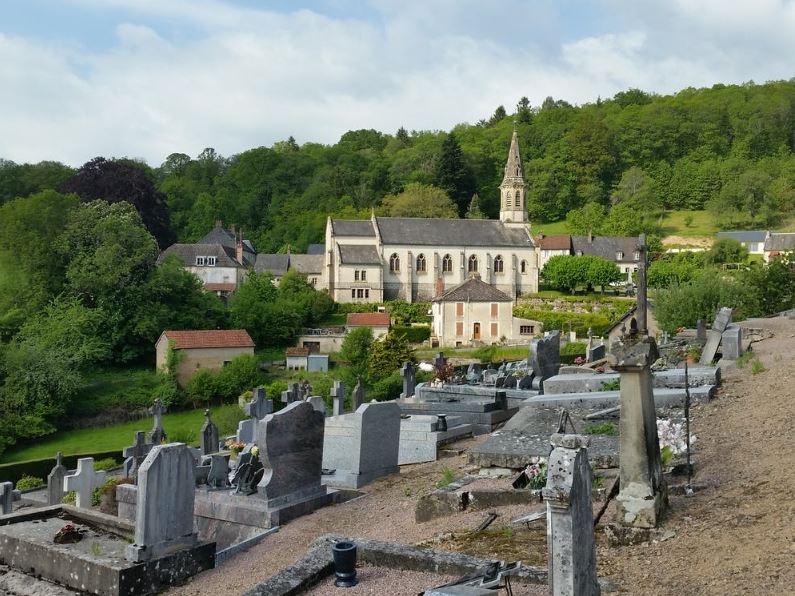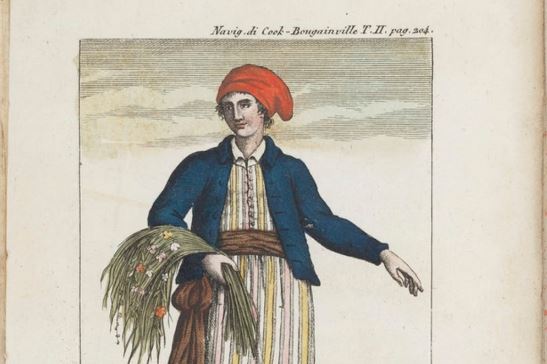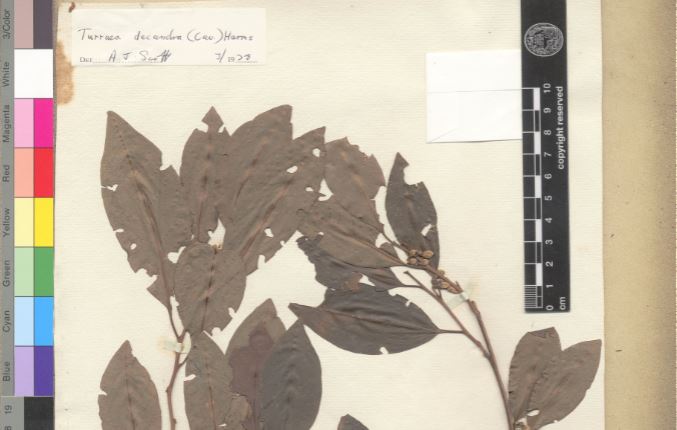
A fascinating marine ‘herstory’ has given insights into the first women to sail around the world.
The adventurous life of French woman Jeanne Barret, who dressed as a man to disguise herself in order to follow her dreams at sea, has been explored by Flinders University academic Dr Danielle Clode in a new book (Picador), appropriately called In Search of the Woman Who Sailed the World.
Award-winning scientist and historian Dr Clode set out to discover the story of Jeanne Barret by following in her footsteps, commencing where the story began in her childhood village in France.

“In 1765, a young, peasant woman left a remote corner of rural France where her impoverished family had scraped a living for generations,” Dr Clode says in The Conversation.
“She set out on a journey that would take her around the world from the South American jungles and Magellan Strait to the tropical islands of the Indo-Pacific.”
Jeanne Barret (also Baret or Baré) became the first woman known to have circumnavigated the world, in 1766.
“Abandoning her bonnet and apron for men’s trousers and coats, she disguised herself as a man and signed on as assistant to the naturalist, Philibert Commerson on one of the ships of Louis-Antoine de Bougainville’s expedition around the world.”

“It has been left to female researchers to uncover the details of Jeanne’s life. Attention has shifted to Jeanne as an individual, rather than an addendum to Commerson’s or Bougainville’s story.”
Dr Clode, who grew up on her parents’ boat, including in Port Lincoln, reading tales of colourful swashbuckling characters, of pirates, whalers and shipwrecks.
Combining memoir, biography and natural history, Dr Clode investigates the life of a lost female pioneer in a sea of male ‘voices’.
“During that voyage, Jeanne helped Commerson amass the largest individual natural history collection known at the time.

“Thousands of the plant specimens can still be found in the herbarium of the Paris natural history museum, although few bear Jeanne’s name.”
Dr Clode, a zoologist and award-winning author, carried out a lot of research in France to find Jeanne’s story – including at the herbarium at the National Museum of Natural History in Paris. The research in France was supported with funding from Arts SA and the Brittany Fellowship through Flinders University.
Her other publications include Voyages to the South Seas , which won the 2007 Victorian Premier’s Literary Award for Nonfiction, and The Wasp and The Orchid, and she was a finalist last year for The Biography Award.








